
by Dharam CW2 | Apr 30, 2024 | Project Management
Stakeholder Relationships
In project management, having strong relationships with stakeholders is critical to success. As someone who has mentored thousands of PMP, PgMP, and PfMP professionals, I have seen firsthand how strategic stakeholder engagement can transform project outcomes.
Ways to approach Stakeholder Relationships
Below are some essential strategies for building and maintaining these crucial relationships:
1. Map the territory: Understand the stakeholder hierarchy and create detailed profiles for individual and group stakeholders.
2. Design relationship pathways: Use relationship maps to illuminate interactions, thereby ensuring timely and effective communication.
3. Consistency and integrity: Always interact with professionalism and authenticity, building trust through reliability and ethical behavior.
4. Meet and exceed expectations: Foster trust and bolster confidence by managing and surpassing stakeholder expectations, committing to your promises, and maintaining transparency.
5. Support to succeed: Focus on how you can support stakeholders in ways that benefit project goals, enhancing mutual success.
Let’s share our ideas on personalizing our approach to stakeholder management and take our projects to new heights of success.
🚀 Elevate Your Project Management Career:
– Register for my upcoming PgMP/PfMP Success Story Webinar: https://bit.ly/3TSx8fj
– Book an obligation-free consultation session on Project management Career, training, and certifications: http://talktodharam.com
– Discover training offers and certification discounts: https://bit.ly/3jWVepD
– Stay updated with our Q&A series and certification success stories by subscribing to the vCare Project Management YouTube channel at https://bit.ly/2YF0wJl
– Follow my podcasts and interviews with Project Management Experts on YouTube at https://bit.ly/2NDY8wd
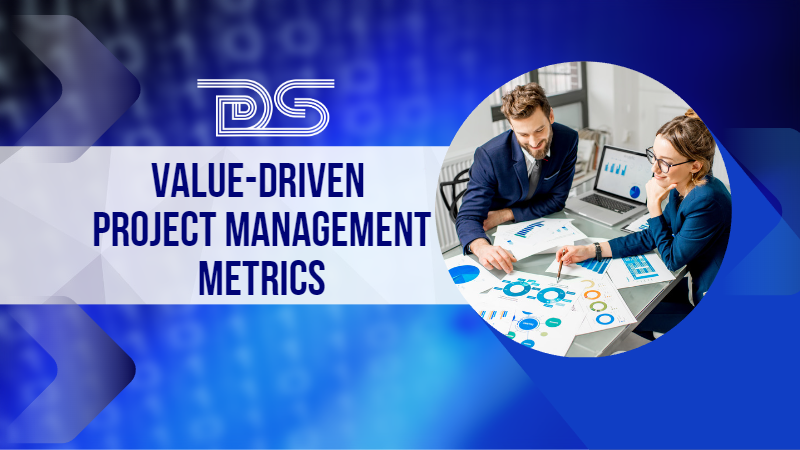
by Dharam CW2 | Oct 13, 2023 | General
Organizations may stay profitable and competitive using project management practices that help identify process improvements or cost-cutting opportunities. Metrics may assist in discovering areas for improvement, data to focus on, and how to quantify the success and efficacy of a company’s efforts. Knowing more about project management metrics that can assess performance will help one acquire professional skills for any business and advance their career in project management.
Every organization needs to ask,
- “Are we getting the outcomes we want?”
- “Are we accomplishing our project objectives?”
- “Are we meeting the requirements for customer success?”
- “Are we getting the intended return on investment?”

Project Management Metrics May Assist
Success depends on the ability to forecast and meet product and service commitments. With projects becoming more common, it is critical to show additional value to the business using project management strategies, tools, and procedures. Therefore, a metrics program is required. Metrics may assist in identifying significant events and trends, distinguishing between challenges and opportunities, and guiding companies to make wise decisions.
How can we know whether the project management efforts make a difference and contribute to corporate success?
- It has long been known that suitable measuring methods are essential to basic management tasks, including project planning, monitoring, and control, and metrics are present at all stages of project management.
- As project management grows prominence and more firms embrace a project-based management approach, objective and performance-based management highly depend on measurement processes.
- To assist decision-making, project selection, portfolio management, and lead product and process improvement, metrics must be integrated into project life-cycle activities.
- In addition, metrics may be used to assess an organization’s project management maturity.
- Metrics aid in understanding capacities, allowing for developing strategies based on creating and delivering goods and services. They also enable people to recognize significant events and patterns and distinguish between challenges and opportunities.
- Metrics can assist in improved cost and schedule management, decrease risks, increase quality, and guarantee that objectives are met.
Measuring is an end goal in some businesses. Individuals in such businesses who have obtained project management certification and use specific project management tools and processes are the ones who often recognize the significance of project management. At the same time, individuals at the top may only accept this value partially. A metrics practice put in place is one of the best methods for successfully explaining the benefits of project management to top executives.

What are Project Management Metrics
What are Project Management Metrics?
Project management metrics are data sets, algorithms, and calculations that allow businesses to assess the performance of a project. They assist managers and organizations in reviewing how a project progresses, evaluating team productivity, project completion deadlines, and costs, and identifying, reducing, or eliminating risks. Project management metrics are numerical instruments that firms use to build successful strategies, carry out continuous improvement initiatives, and assess employee and customer sentiment.
Benefits of using metrics in project management
Project management metrics are an efficient approach to assessing a project’s progress. Measuring the project’s performance against key parameters helps to understand the management process. These indicators in project management also assist in steering project objectives, allowing teams to assess success and make improvements as needed.
Following and evaluating the right indications can provide the company with critical insights regarding the team’s performance – from both a high-level and individual standpoint. In addition, you’ll be able to identify process bottlenecks and other inefficiencies, which one can subsequently fix, adding to the project assumptions list and enhancing future project performance.
Furthermore, tracking and collecting this sort of data might be useful when the time comes for the project management performance review. Taking responsibility for the team’s work by analyzing project outcomes, identifying inefficiencies, and developing improvement plans sends a strong message to management. It displays that one can be a real leader committed to the business’s success.

Benefits of Using Metrics in Project Management
- Measure team productivity
Relevant metrics in project management can reflect a team’s productivity. For example, the on-time delivery (OTD) rate or service level agreement (SLA) rate might be used to calculate the project’s ROI.
- Optimize team performance
While it is critical to maintain the team’s performance, forward-thinking management seeks development opportunities. Relevant project metrics enable one to broaden their understanding of project-related aspects. Project performance measurement reduces uncertainty and allows individuals to make better, more informed decisions.
- Track ongoing progress
Management performance metrics also track a project’s progress over time. These metrics are critical to discover obstacles early and help adjust the track as needed.
Project Management Metrics: How to Measure and Track Success
Relevant project management metrics will help enhance our understanding by eliminating uncertainty and making well-informed decisions.
Metrics prove value
Cost-related project management indicators may demonstrate the value of a team—for example, a rate of on-time delivery or a rate of satisfying SLA. Return on Investment (ROI) is a popular statistic for demonstrating this value. If a department fails to generate or contribute to a firm’s measurable objectives, a smart business would dissolve the department and redirect resources to another area that provides results.

How to choose the Metrics
Metrics improve performance
While demonstrating value is crucial, forward-thinking management prioritizes performance improvement. Relevant metrics help you have a better grasp of project management. This aspect reduces ambiguity, allowing all parties involved to make informed decisions. For example, assume that the given slack time is causing the completion of the following task to be delayed. You can adjust the slack time to keep the project deadline.
How to choose the metrics?
Each business or project requires metrics specific to its purpose or aim. Metrics are determined in three steps:
- Understand the project’s objective or goal.
- Determine which crucial success elements must be met to succeed and reach the objective.
- Consider how you will measure the achievement of each key success factor for the project or program.

What makes a successful project?
What makes a successful project?
Before starting any project, you and your team should know what constitutes a successful project. After all, you want to avoid being known for a famous failed project. So what makes a project successful? First, you should establish a set of success criteria for your project, including the following:
- Delivers on time: Completing a project on schedule and under budget is one measure of success, especially for external parties, such as clients.
- Stays within budget: A budget is in place for all initiatives. You will have succeeded if you can finish yours without incurring more fees and expenses.
- Achieves its objectives: If your project was completed and met its objectives — as stated at the outset — that’s a huge accomplishment.
- Gets positive feedback: Assessing a project’s internal and external success is simple. But how did it fare? If stakeholders and clients offer positive feedback, the project will be considered a success.
Key Project management metrics
Project management metrics may be established based on the purpose and complexity of the project. However, the ten key project metrics listed below often cover the most important measurements:

Key Project management metrics
- Productivity
This indicator examines a company’s total skills — how well it uses its resources. Productivity demonstrates the connection between inputs and outcomes. For example, how much do you get out of a project after your efforts? The optimal productivity outcome is to produce more with less.
Productivity = Units of Input/Units of Output
- Gross Profit Margin
Numbers are more powerful than words. Indicators directly related to the bottom line indicate success or failure faster than other metrics.
The larger the profit margin, the better the business. Any program or effort done should add to a company’s financial profit. The margin is the proportion of each dollar generated after expenses are deducted.
Gross Profit Margin = (Total Profit-Total Costs)/100
- Return on Investment (ROI)
Return on investment especially considers the dollar amount earned for the amount spent on a project. This metric is a financial calculation similar to gross margin. However, instead of focusing on a total profit, it considers the specific benefit of the project divided by the costs.
To use this metric, a dollar value must be assigned to each unit of data to calculate the net benefits, which may include:
- Contribution to profit
- Cost savings
- Increased output
Costs may include resources, labor, training, and overhead.
ROI = (Net Benefits/Costs) x 100
- Earned Value
Earned value provides strategic guidance by displaying how much you have derived from the money invested in a project to date. It compares the value of work performed by a given date to the project’s approved budget.
Earned value is often called the Budgeted Cost of Work Performed (BCWP). This statistic serves as a reality check during the project’s execution.
Earned Value (EV) = % of Completed Work / Budget at Completion (BAC)
- Customer Satisfaction
A customer satisfaction score is a quality indicator for your service or product—the findings of a customer survey influence this metric. In addition, the product or service should perform as intended and meet genuine client demands.
Each organization may create a unique score by weighing each component depending on its value. Customer survey results, money earned from clients, repeat or lost clients, and complaints are examples of variables.
The Customer Satisfaction Index (CSI) is the most extensively used metric for customer satisfaction. Another technique for measuring customer satisfaction is the Net Promoter Score (NPS). NPS measures customer loyalty by determining the chance of a consumer suggesting a product or service.
Customer Satisfaction Score = (Total Survey Point Score / Total Questions) x 100
- Employee Satisfaction Score
Survey data determines employee satisfaction in the same way that customer satisfaction is. So why should workers be included while evaluating project management? The answer is straightforward: employee morale is directly related to project performance.
In the end, a satisfied employee does better work and more efficiently. In addition, the high costs of employee turnover for a firm — which may range from 50% to 200% of an employee’s salary — should be motivation enough to focus on the people closest to the project.
The Gallup Q12 Employee Engagement Survey is a well-known data collection tool. An ESI procedure yields an index score.
Employee Satisfaction Score = (Total Survey Point Score / Total Questions) x 100
- Actual Cost
The Actual cost is a simple statistic that displays how much money is spent on a project rather than simply an estimate. This cost is calculated by adding all the expenses for a specific project across the timeline.
Actual Cost (AC) = Total Costs per Time Period x Time Period
- Cost Variance
Cost variance describes the difference between the intended budget and actual expenses during a given time period. Is the estimate higher or lower than the actual costs?
- A project is over budgetif the cost variance is negative.
- A project is under budgetif the cost variance is positive(a standard measure of success).
Cost Variance (CV) = Budgeted Cost of Work – Actual Cost of Work
- Schedule Variance
The schedule variance examines both budgeted and scheduled work. Is the project running ahead of or behind schedule?
The schedule variance is the difference between work scheduled and work accomplished, calculated as the budgeted cost of work executed minus the budgeted cost of work scheduled. A negative schedule variance indicates that the project is running late.
Schedule Variance (SV) = Budgeted Cost of Work Performed – Budgeted Cost of Work Scheduled
- Cost Performance
Cost performance is a cost efficiency metric. Divide the value of the work performed (earned value) by the actual costs incurred to get the earned value. Forecasting cost performance provides for more precise budget estimates.
Cost Performance Index (CPI) = Earned Value / Actual Costs
Implementing Project Metrics
Once project metrics have been established to meet the company’s goals, it’s time to apply them. First, interact with users to help them understand the process, its value, and how analytics may enhance projects. Then, provide specific examples, such as “the dashboard will indicate where we need documentation, so we may prevent delays by gathering the necessary information.”
Create a project management metrics strategy with criteria everyone can understand to help you get support. Explain the significant indicators you’ll be measuring, how you’ll track them, and the goals you intend to achieve. The strategy should then be put into action. Understand that project metrics should lead to action; else, they are worthless. As you discover unusable metrics, revise the plan.
Final Thoughts
Project management metrics are critical to the success of any organization. They track the progress of initiatives, assist managers in defining success, and verify that the team is heading in the right direction.
It is complicated to analyze and evaluate a project’s development without appropriate metrics in project management. With precise, trackable KPIs, the company can assess project progress and identify when it’s time to change strategy or where the team is experiencing difficulty. If the company does not make the essential changes, it may face serious obstacles and lead to failure. As a result, measuring important project management metrics is vital to the company’s success.
Feel free to check out my discussion on this topic with Justin Buckwalter in YouTube
Register today for my FREE webinar series on PgMP® and PfMP® certifications! Don’t miss out on this opportunity to advance your project management career. Click the registration link to sign up: https://bit.ly/3Z7kzMl
Are you looking for project management training and certification discounts? Check out our various offers and discounts here: https://bit.ly/3jWVepD
Have questions about your project management career, training, and certifications? Book an obligation-free 15-minute session with me and get the answers you need: http://bit.ly/2SbhTOK
Stay up to date on the latest in project management by subscribing to the vCare Project Management YouTube Channel. Catch our Q&A series and certification success stories here: https://bit.ly/2YF0wJl
Want to hear from project management experts? Subscribe and follow my podcasts and interviews on YouTube here: https://bit.ly/2NDY8wd


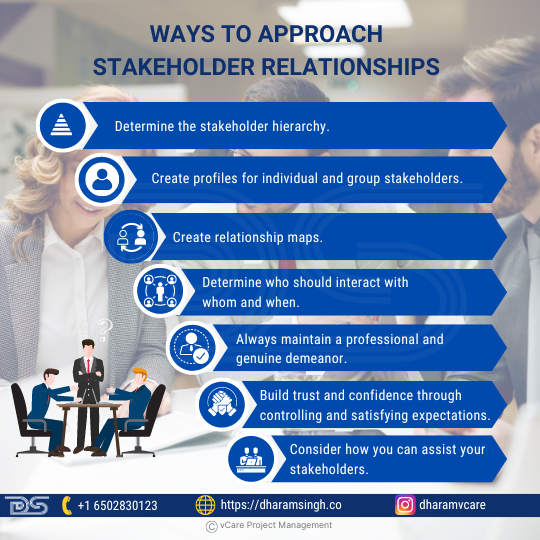
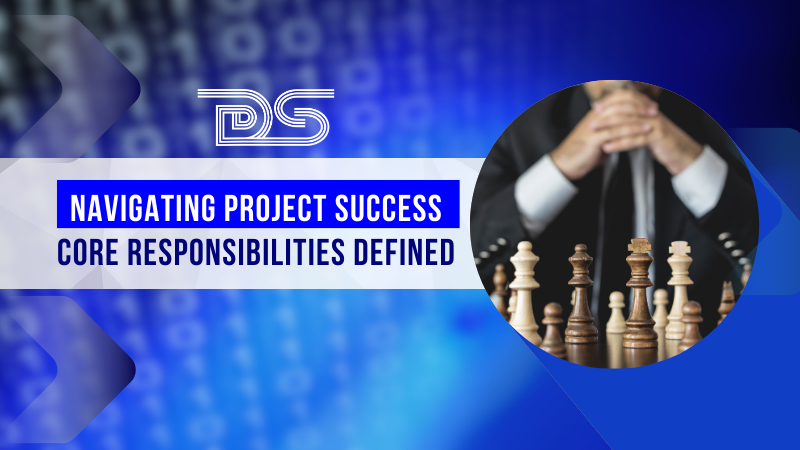
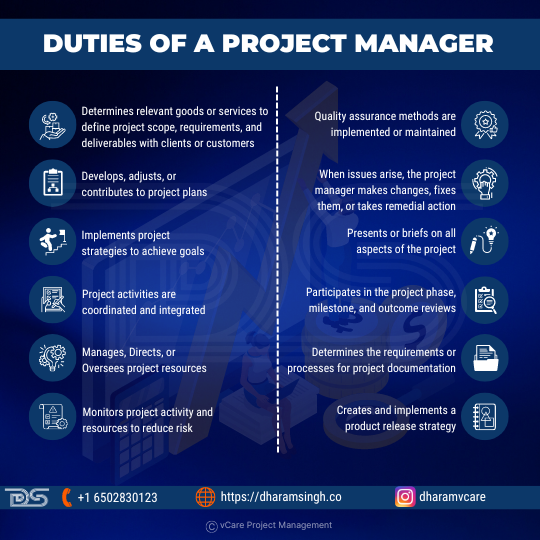
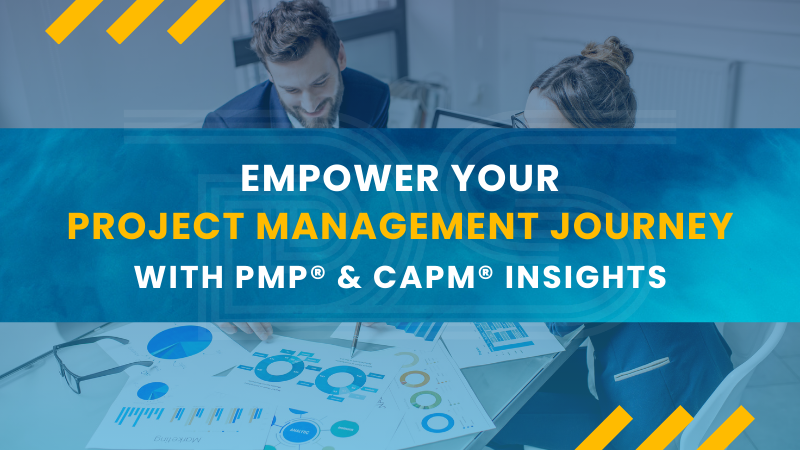
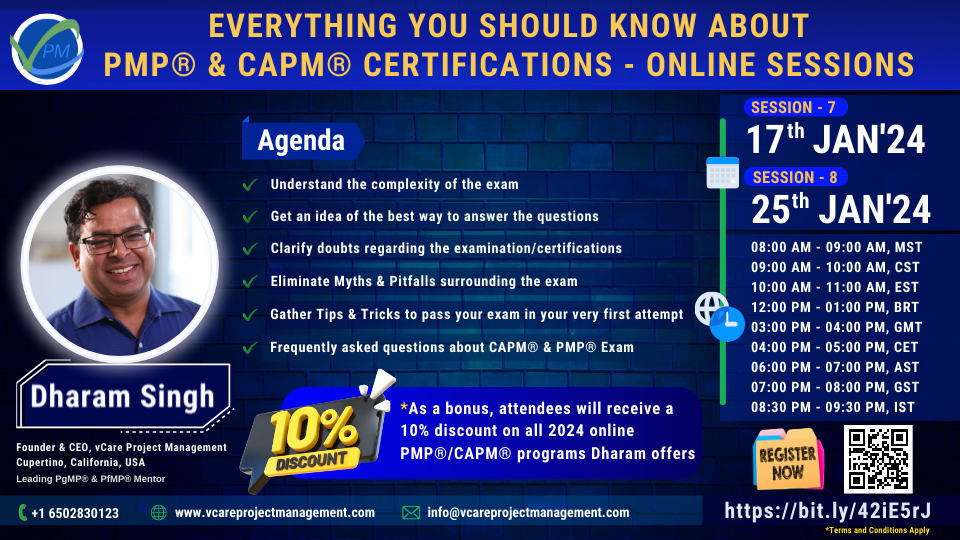

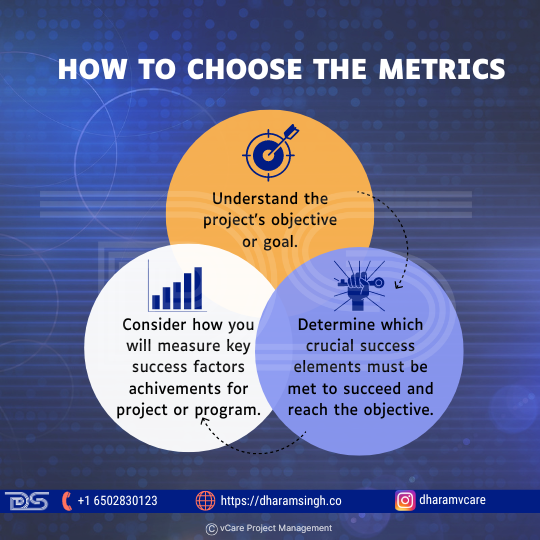








Recent Comments